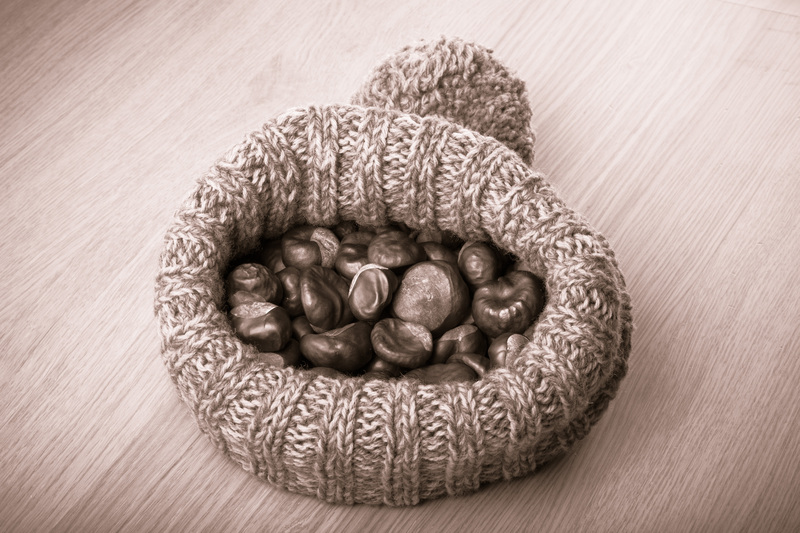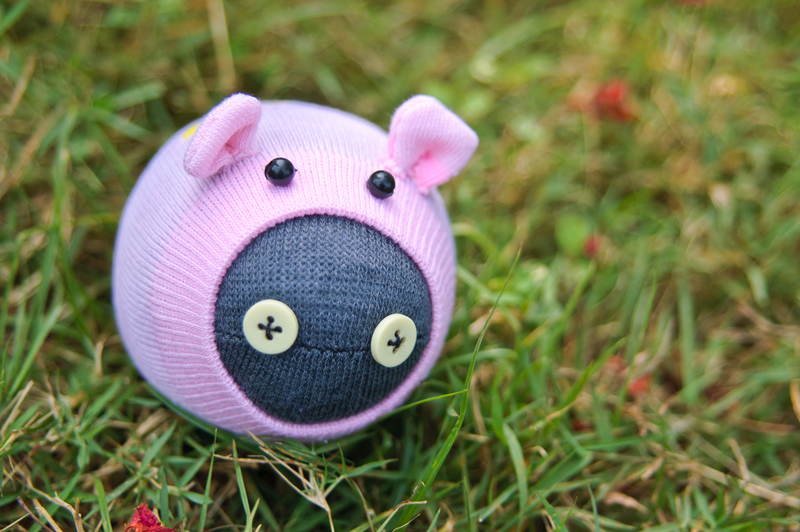Innovative Paths to Dispose of Plant Pots: Smart Solutions for Gardeners
As gardening enthusiasts explore new ways of nurturing their green companions, an ever-growing challenge arises: how to dispose of plant pots in an eco-friendly, efficient manner. Traditional plastic plant pots often end up occupying landfills for decades, contributing to plastic pollution and environmental degradation. Fortunately, the gardening world is constantly evolving, with innovative plant pot disposal methods gaining momentum. This comprehensive guide will illuminate the most creative, sustainable, and resourceful ways to deal with old or unwanted plant containers while prioritizing the health of our planet.
Understanding the Challenge: Why Proper Plant Pot Disposal Matters
Before diving into the world of innovative disposal solutions, it's essential to grasp the significance of addressing the plastic pot problem. Most plant pots, especially those from nurseries or garden centers, are made from plastics such as polyethylene or polypropylene. These materials are durable but often not accepted by curbside recycling programs due to contamination, color, or resin codes.
- Environmental Impact: Disposed pots can take hundreds of years to break down in landfills, leaching toxic chemicals into soil and water.
- Visual Pollution: Discarded pots contribute to urban and rural litter, harming landscapes and wildlife.
- Recycling Limitations: Many community recycling systems are not equipped to handle soiled or colored plant pots.
Therefore, innovative plant pot disposal methods have emerged as a compelling necessity.

Creative and Eco-Friendly Ways to Dispose of Plant Pots
1. Reuse and Upcycle: Giving Plant Pots a Second Life
One of the smartest paths to plant pot disposal is simply not disposing of them at all! Many gardeners have found countless ways to reuse and repurpose old pots, minimizing waste and unleashing creativity:
- Propagation Stations: Use small pots for starting seedlings or propagating cuttings, ensuring a steady supply of new plants for your garden or to give away.
- Storage Solutions: Old pots make great containers for organizing tools, hardware, or even children's art supplies.
- Craft Projects: Paint, decorate, or transform pots into unique art pieces, holiday decorations, or fun planters for gifts.
- Bird Feeders and Houses: Invert larger pots to create garden bird shelters or feeders, adding character and functionality to your green space.
2. Community Pot Swaps and Collection Events
Many communities have recognized the need for innovative disposal of plant pots and now organize pot swap events or dedicated collection days. These initiatives allow gardeners and nurseries to trade or donate their unwanted pots, reducing demand for new plastic and fostering a sense of community:
- Check with local garden clubs, horticultural societies, or municipal waste programs for scheduled swap events.
- Participate in community recycling drives specifically targeting plant pots and gardening plastics.
- Coordinate your own pot exchange with neighbors, schools, or local gardening groups. Utilize social media or neighborhood apps to spread the word and encourage participation.
3. Returning Plant Pots to Garden Centers and Nurseries
An increasing number of nurseries and retail garden centers offer take-back programs as part of their sustainability efforts. This is a highly effective way to responsibly dispose of old plant pots, since these businesses often have the capacity to sanitize and reuse pots or send them to specialized recyclers. Here's how you can take advantage:
- Contact Local Nurseries: Ask whether they accept used pots for reuse or recycling.
- Support Eco-Conscious Businesses: Patronize nurseries that offer take-back programs and encourage other retailers to adopt similar initiatives.
- Follow Preparation Guidelines: Ensure your pots are clean and free of soil or plant debris to maximize their value for reuse or recycling.
4. Specialized Plant Pot Recycling Programs
While curbside recycling may not accept plant pots, various regions now offer specialized plastic pot recycling programs designed to handle the unique challenges of pot contamination and mixed plastics. Some noteworthy options include:
- Dedicated Collection Points: Look for drop-off bins at recycling centers, home improvement stores, or nurseries participating in national recycling campaigns.
- Plastic Index Matching: Sort your pots by resin code to ensure compatibility with local recycling facilities. Some pots may be accepted even if others are not.
- Mail-Back Programs: Certain nonprofit organizations or recycling companies offer mail-in options for hard-to-recycle plastics, including plant pots.
Pro Tip: Always check for labels or identification numbers (usually found on the bottom of the pot) to streamline the recycling process.
5. Choosing Compostable and Biodegradable Pots for the Future
Prevention is the best cure! By choosing sustainable plant pot alternatives, you can avoid the disposal dilemma altogether. Biodegradable and compostable plant pots, made from materials such as coir, pressed paper, rice hulls, or bamboo fiber, break down naturally in soil or compost. Here's why they offer a true innovative solution:
- Zero Waste Disposal: Simply plant pots directly in the ground, where they will decompose and enrich the soil.
- Reduced Carbon Footprint: Fewer plastic pots to manufacture, ship, or discard means a smaller environmental impact.
- Healthier Roots: These pots allow for better root development and easier transplant, benefiting both gardeners and plants.
Switching to compostable pots in your gardening routine represents a proactive, earth-friendly step towards a circular economy, reducing reliance on single-use plastics altogether.
Bonus: Other Innovative Paths to Dispose or Repurpose Plant Pots
1. Upcycling Projects That Go Beyond the Garden
Don't limit your creativity to the garden! Old plant pots can be transformed in surprising ways:
- Outdoor Lighting: Turn pots into charming luminaries by inserting solar lights and decorating with paint or cut-out designs.
- Desk Organizers: Compact pots are perfect for storing office supplies, makeup brushes, or even kitchen utensils.
- Toy Storage: Larger pots make great bins for children's toys, sports equipment, or laundry items.
2. Donating to Schools, Community Gardens, and Nonprofits
Many schools, urban farms, and community gardens are grateful for donations of used plastic pots, as budgets are often too tight to purchase new supplies. Reach out to local organizations and offer your clean, reusable containers for their projects, workshops, or educational programs.
3. Industrial Recycling and Repurposing Initiatives
Emerging technologies in plastic recovery and industry collaboration are paving the way for more advanced plant pot recycling solutions. Some manufacturers now establish closed-loop recycling systems, turning old plant pots into new products such as decking, park benches, or even new plant containers. Support brands that clearly state their recycling policies and participate in circular manufacturing practices.
The Role of Education and Advocacy
Real progress in tackling the plant pot problem depends not just on individual action, but also on community engagement and policy advocacy. Spread the word about proper plant pot disposal methods in your neighborhood, social circles, and online platforms. Support legislation and retail policies that:
- Ban or restrict non-recyclable plastics in garden products
- Mandate take-back programs for nurseries and big-box stores
- Encourage the development and sale of biodegradable or easily recyclable gardening supplies
Together, gardeners worldwide can help reduce the environmental toll of plastic while enjoying the beauty and bounty their green thumbs bring.

Frequently Asked Questions About Plant Pot Disposal
Can I recycle plastic plant pots in my curbside bin?
In many areas, no. Most curbside recycling programs do not accept plastic plant pots due to contamination from soil and roots, and the use of dark or black dyes which can interfere with sorting systems. Always check your local recycling guidelines and look for specialized drop-off programs or collection points.
How do I clean my pots for recycling or reuse?
Remove all soil and plant matter, then scrub the pots with water and mild soap. Soak in a diluted bleach solution (1 part bleach to 9 parts water) for a few minutes if disease transfer is a concern. Rinse thoroughly and air dry before delivering to collection sites or reusing.
Are biodegradable plant pots really safe for the environment?
Yes, most biodegradable and compostable pots made from plant fibers, rice hulls, or coir decompose without leaving microplastics behind. Avoid products labeled as "oxo-biodegradable," which may still rely on petrochemicals. Look for certifications for compostability and plant-based materials.
Conclusion: Embracing Innovative Approaches to Plant Pot Disposal
By embracing innovative ways to dispose of plant pots, gardeners can play a pivotal role in shaping a more sustainable future. Whether you opt to reuse, return, recycle, or invest in compostable pots, these smart choices benefit both your garden and our global ecosystem. The next time you repot a favorite plant or prepare for new growth, consider the fate of the container in your hand. With a dash of creativity and commitment, every gardener can make a lasting difference--one pot at a time.
Join the movement towards eco-friendly gardening and discover new, innovative paths to dispose of plant pots responsibly. Your garden, and the planet, will thank you!